• Ultra-rare semi-works Laverda racer • Believed one of 4 or 5 produced Laverda began with the manufacture of farm machinery, diversifying into production of small capacity motorcycles in 1949. Increases in capacity and variations of design (including a scooter) followed over the years. Ultimately, in 1966, they eventually offered a large-capacity 650cc twin which was soon enlarged to 750. In 1969 Laverda exhibited their first three-cylinder machine which was to take until 1972 before being offered to the public as the 1000cc 3C, which, after electrical faults had been eradicated and other improvements made, became the 3C(E). At the instigation of the British importer, Roger Slater, this was further improved and transformed into the Jota. The original Jotas had a 180-degree crankshaft. The 180 had the distinction of being the fastest production motorcycle in the world in the late 1970s. In 1982 Laverda incorporated changes into the existing Jota 1000 model. The crankshaft was altered to a 120 degree version, the gearchange was moved to the left hand side, the engine became rubber mounted, and the model became known as the Jota 120. Soon after, the Jota was discontinued in favour of the new model, the RGS 1000. This incorporated a full fairing, a convertible single/dual seat, and twin front / single rear disc brakes. Further versions of the model were added to the range in 1983 when the RGA1000, the RGA1000 Jota, the RGS Executive, and the RGS 1000 Corsa all appeared. The Corsa version featured a tuned engine with high compression pistons, a gas flowed and ported cylinder head, and an integral fairing with the fuel filler cap in the nose. Only 200 examples of the road-going RGS Corsa are believed to have been made, all in black. In 1982 the Laverda factory built a machine to compete in the Italian TT1 championship, which was based on a standard RGS, but with a highly tuned engine including racing cams, pistons, clutch, valves, and carbs, plus a racing gearbox. It also featured a number of components in lighter than normal materials; the steel frame itself, magnesium alloy fork sliders, shock absorbers, brake callipers, floating discs, Campagnolo wheels, and fibreglass tank and bodywork. Only one bike was built, plus some spare parts, and after a few races the racing effort was stopped, probably due to financial problems within the company, and the bike vanished. It may have been disassembled and the parts sold, but no-one is sure. Following the evident potential of the factory racer, in 1983 the factory prepared a further 4 bikes and 6 engines for sale to selected customers. These were very similar to the 1982 factory bike, but considered by Laverda to be semi-works machines. The recipients of these machines are thought to be a Rome dealer (SARMA), plus customers in Belgium, Australia, and Japan. Two of the engines were made to be fitted into special frames for a Dutch team to compete in the European Endurance Championship. 2534, the machine offered for sale here, is believed to be one of the 4 or 5 complete TT1-specification bikes that were commissioned in the factory for special customers/importers/dealers in 1983 – based on the RGS Corsa. It displays most of the TT1-specification lightweight features, and may also have the lightweight chrome molybdenum steel frame, which is approximately 20% lighter than the standard one, although specific investigation would be required to establish this. Further, 2534 is believed to be the machine which was shipped to Japan in 1983, originally red, and now in the orange seen today. Unfortunately, a large proportion of the Laverda factory records were lost, and some destroyed, in the upheavals following change of ownership from the Laverda family in the late 1980s, so it is not possible to be categorical about this machine's history, or what race results it may have achieved in period. The engine for this machine would probably have been built in the racing department, where, unlike on the
• Ultra-rare semi-works Laverda racer • Believed one of 4 or 5 produced Laverda began with the manufacture of farm machinery, diversifying into production of small capacity motorcycles in 1949. Increases in capacity and variations of design (including a scooter) followed over the years. Ultimately, in 1966, they eventually offered a large-capacity 650cc twin which was soon enlarged to 750. In 1969 Laverda exhibited their first three-cylinder machine which was to take until 1972 before being offered to the public as the 1000cc 3C, which, after electrical faults had been eradicated and other improvements made, became the 3C(E). At the instigation of the British importer, Roger Slater, this was further improved and transformed into the Jota. The original Jotas had a 180-degree crankshaft. The 180 had the distinction of being the fastest production motorcycle in the world in the late 1970s. In 1982 Laverda incorporated changes into the existing Jota 1000 model. The crankshaft was altered to a 120 degree version, the gearchange was moved to the left hand side, the engine became rubber mounted, and the model became known as the Jota 120. Soon after, the Jota was discontinued in favour of the new model, the RGS 1000. This incorporated a full fairing, a convertible single/dual seat, and twin front / single rear disc brakes. Further versions of the model were added to the range in 1983 when the RGA1000, the RGA1000 Jota, the RGS Executive, and the RGS 1000 Corsa all appeared. The Corsa version featured a tuned engine with high compression pistons, a gas flowed and ported cylinder head, and an integral fairing with the fuel filler cap in the nose. Only 200 examples of the road-going RGS Corsa are believed to have been made, all in black. In 1982 the Laverda factory built a machine to compete in the Italian TT1 championship, which was based on a standard RGS, but with a highly tuned engine including racing cams, pistons, clutch, valves, and carbs, plus a racing gearbox. It also featured a number of components in lighter than normal materials; the steel frame itself, magnesium alloy fork sliders, shock absorbers, brake callipers, floating discs, Campagnolo wheels, and fibreglass tank and bodywork. Only one bike was built, plus some spare parts, and after a few races the racing effort was stopped, probably due to financial problems within the company, and the bike vanished. It may have been disassembled and the parts sold, but no-one is sure. Following the evident potential of the factory racer, in 1983 the factory prepared a further 4 bikes and 6 engines for sale to selected customers. These were very similar to the 1982 factory bike, but considered by Laverda to be semi-works machines. The recipients of these machines are thought to be a Rome dealer (SARMA), plus customers in Belgium, Australia, and Japan. Two of the engines were made to be fitted into special frames for a Dutch team to compete in the European Endurance Championship. 2534, the machine offered for sale here, is believed to be one of the 4 or 5 complete TT1-specification bikes that were commissioned in the factory for special customers/importers/dealers in 1983 – based on the RGS Corsa. It displays most of the TT1-specification lightweight features, and may also have the lightweight chrome molybdenum steel frame, which is approximately 20% lighter than the standard one, although specific investigation would be required to establish this. Further, 2534 is believed to be the machine which was shipped to Japan in 1983, originally red, and now in the orange seen today. Unfortunately, a large proportion of the Laverda factory records were lost, and some destroyed, in the upheavals following change of ownership from the Laverda family in the late 1980s, so it is not possible to be categorical about this machine's history, or what race results it may have achieved in period. The engine for this machine would probably have been built in the racing department, where, unlike on the
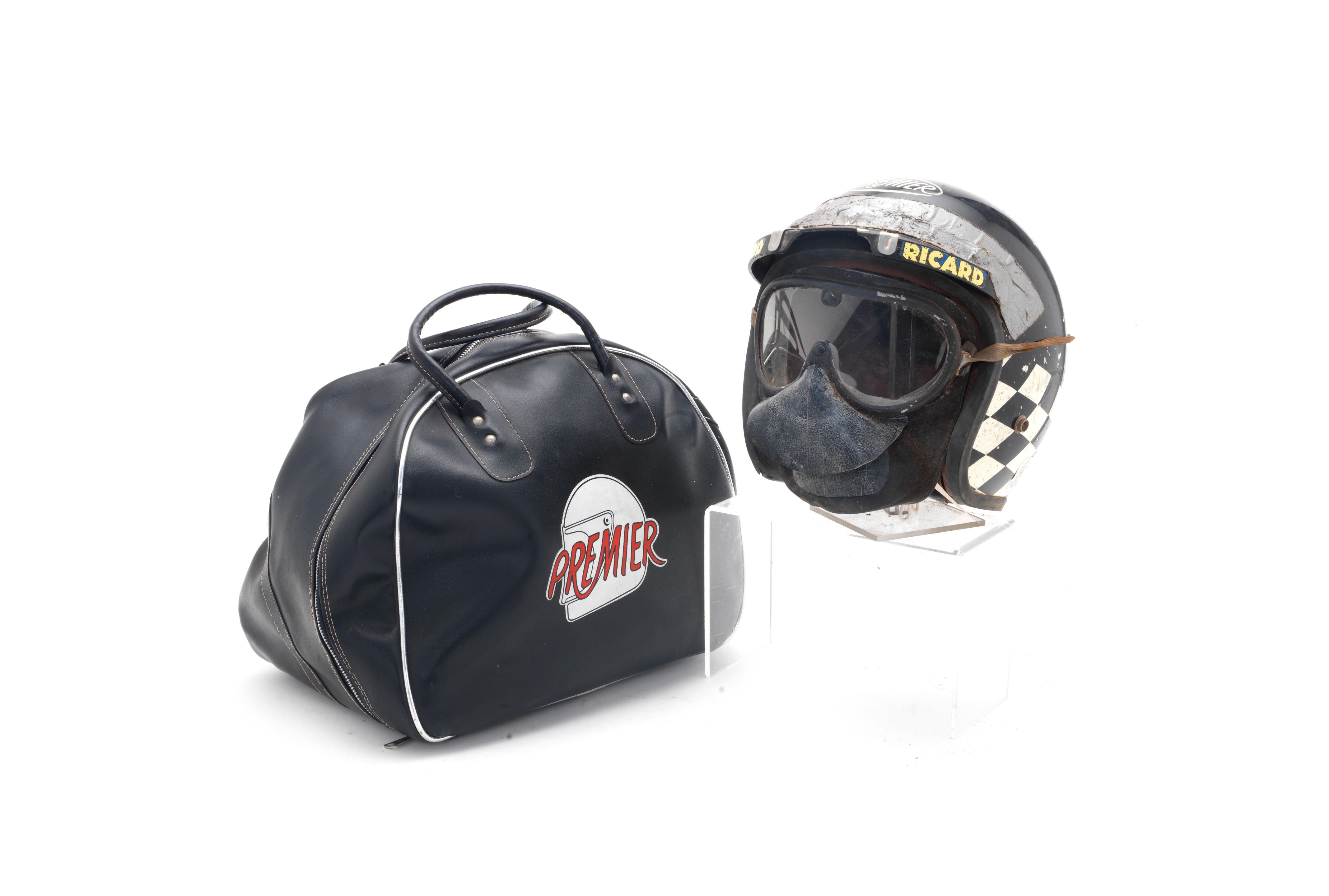

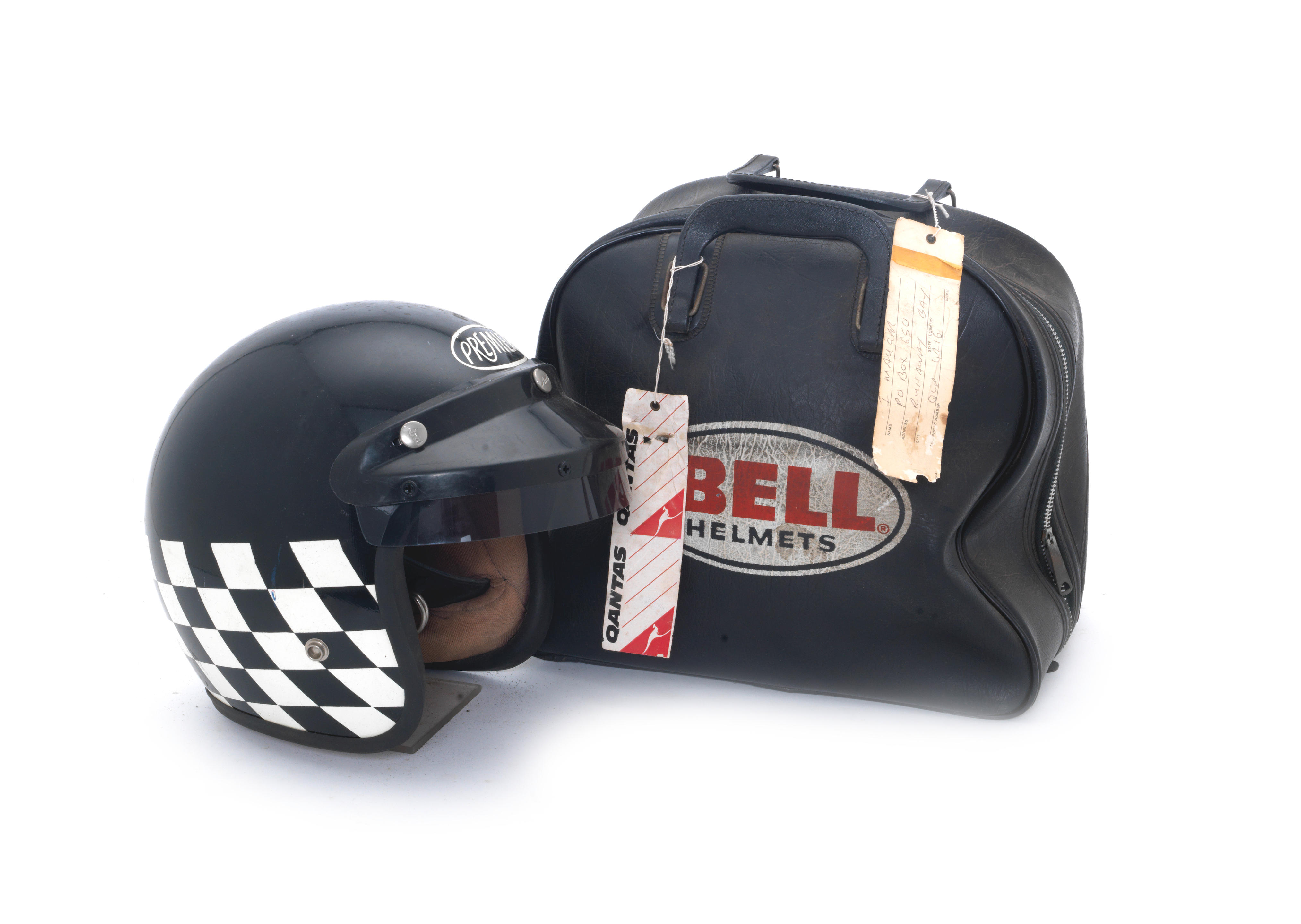
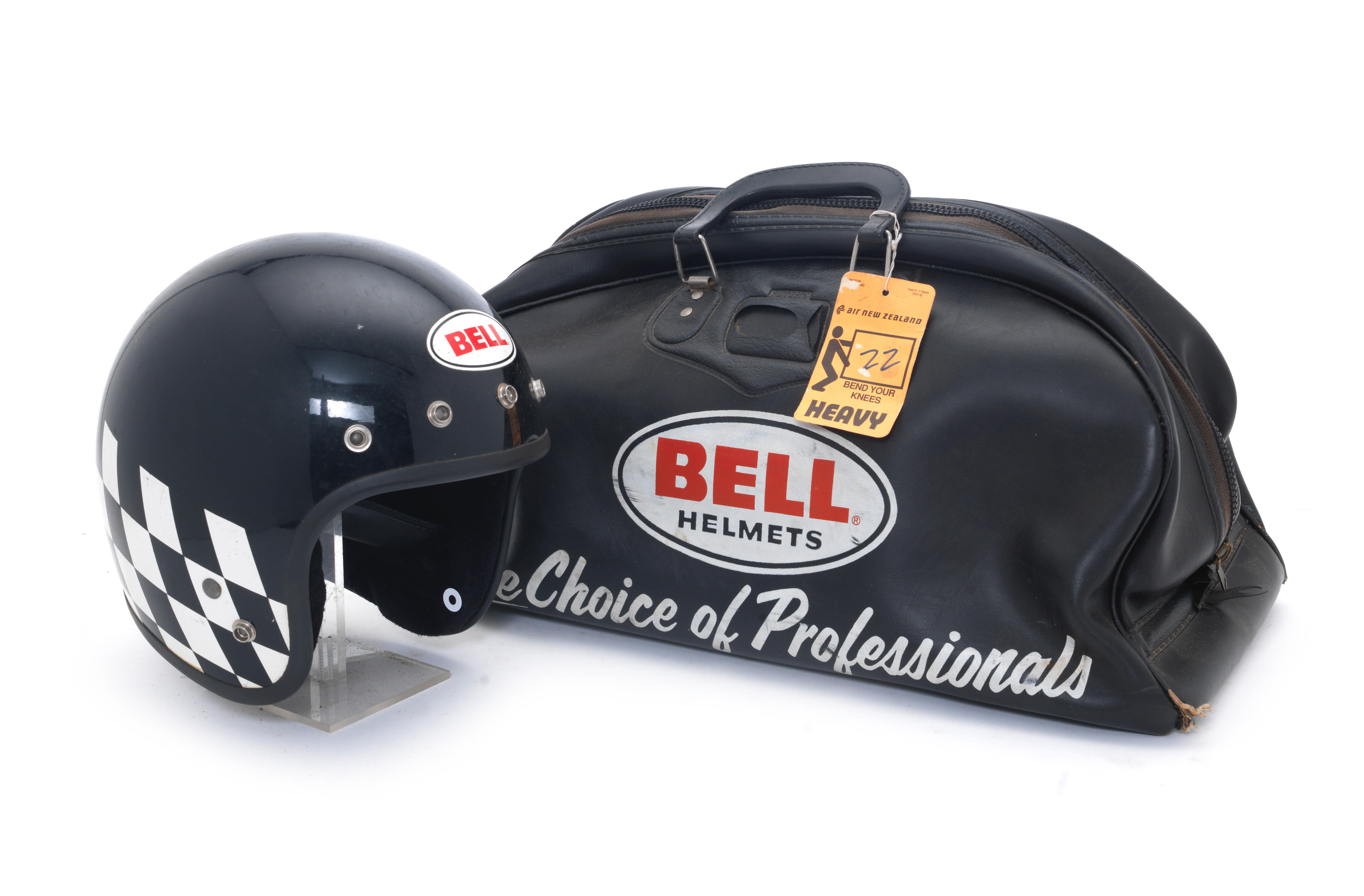
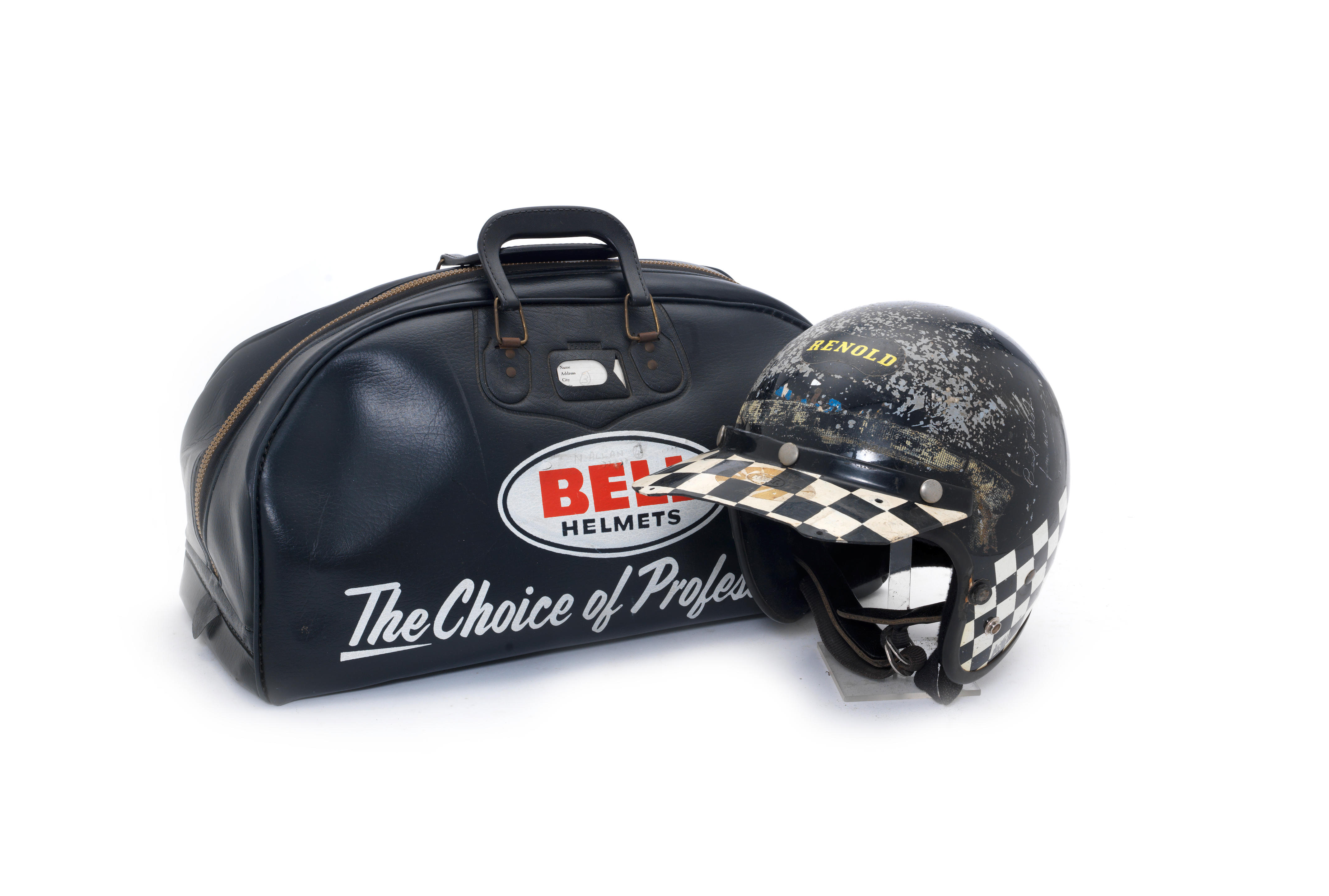
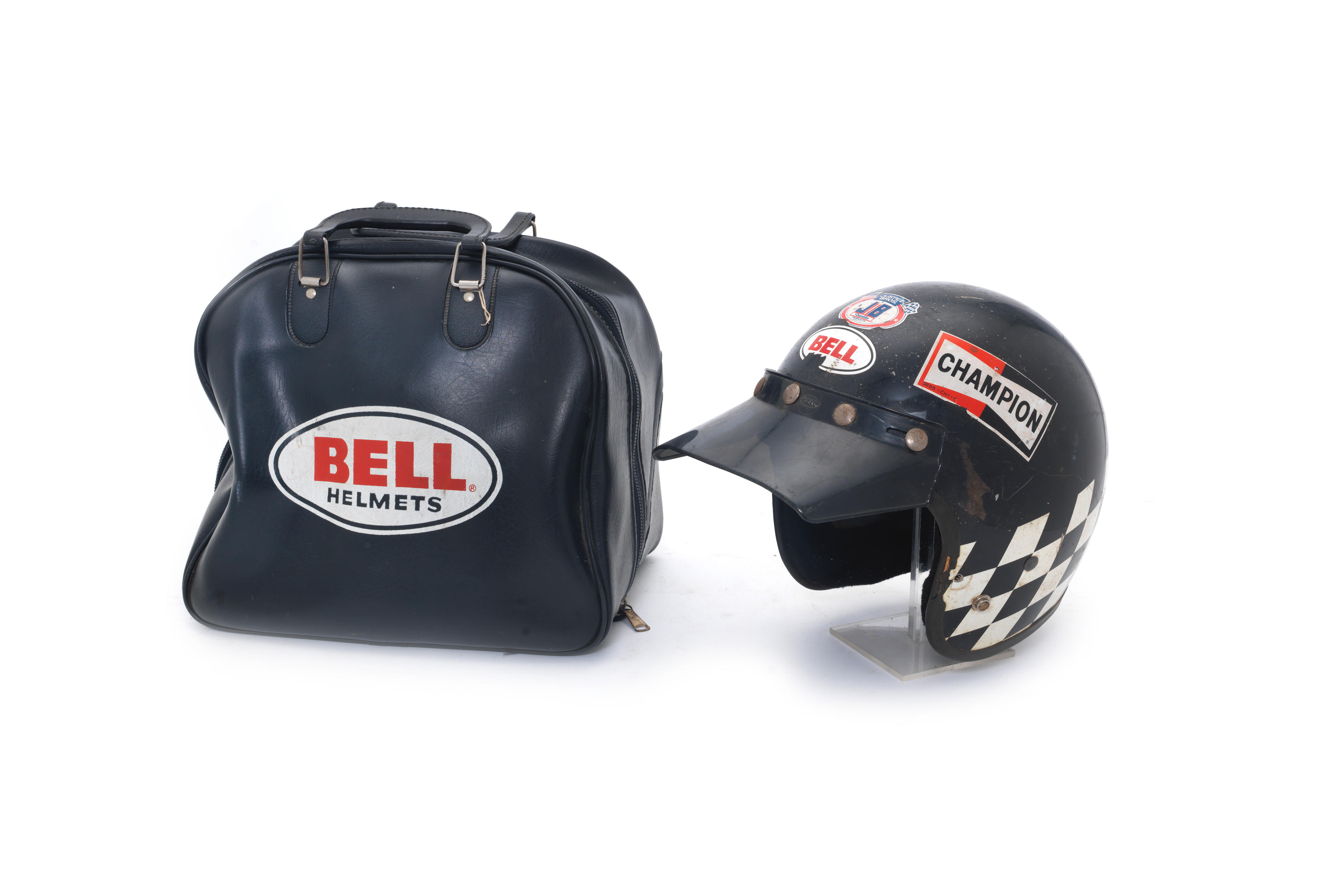
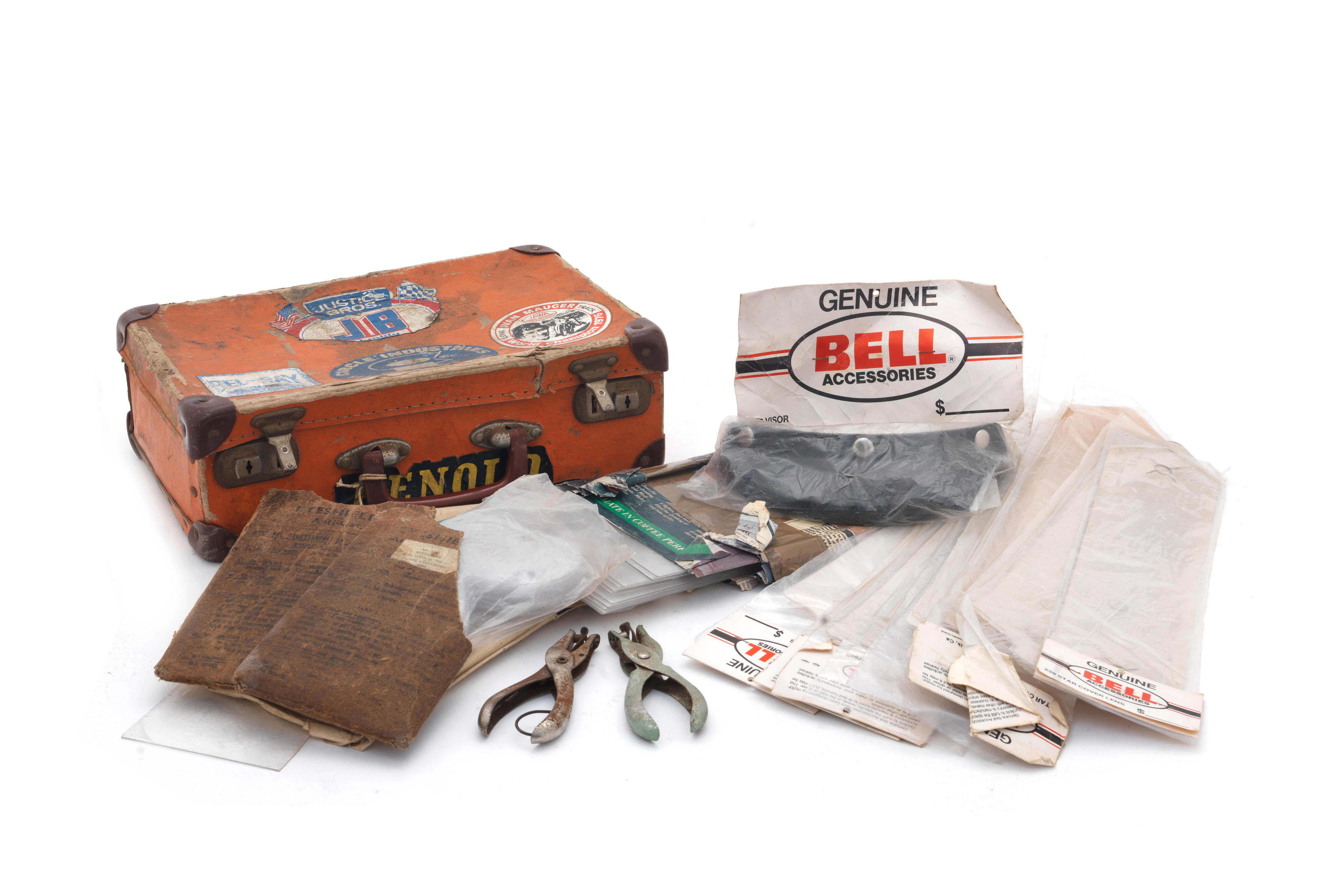
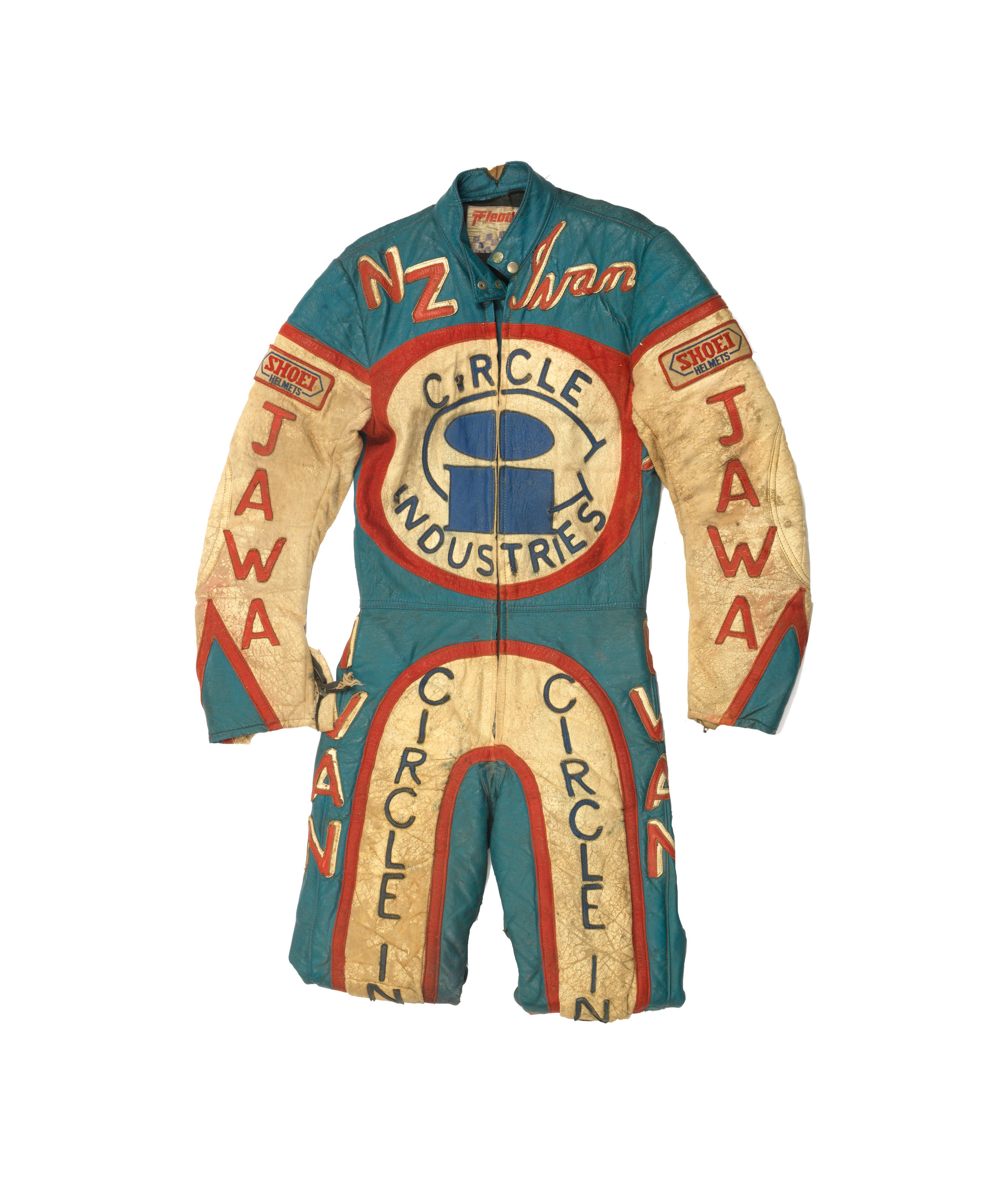
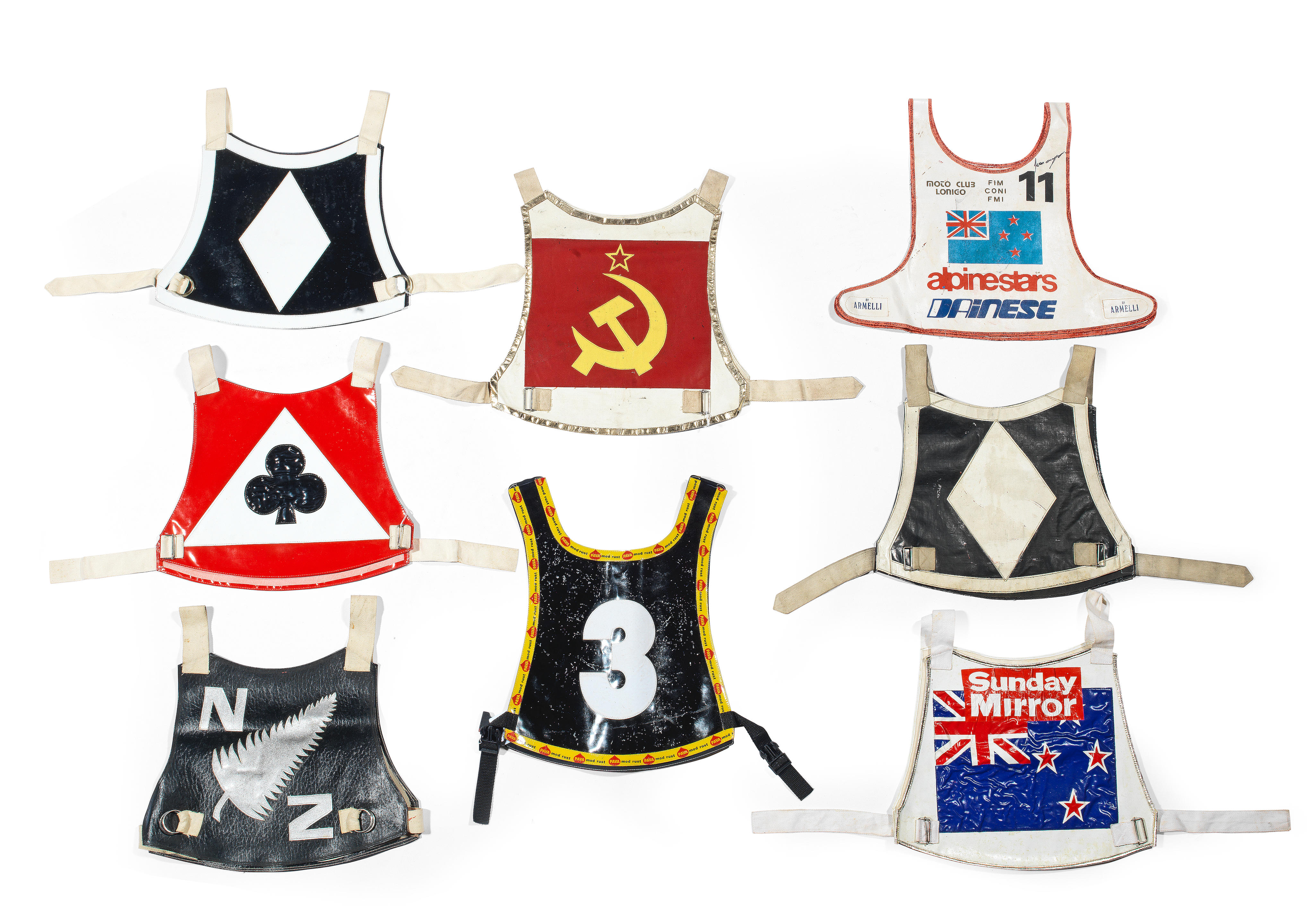
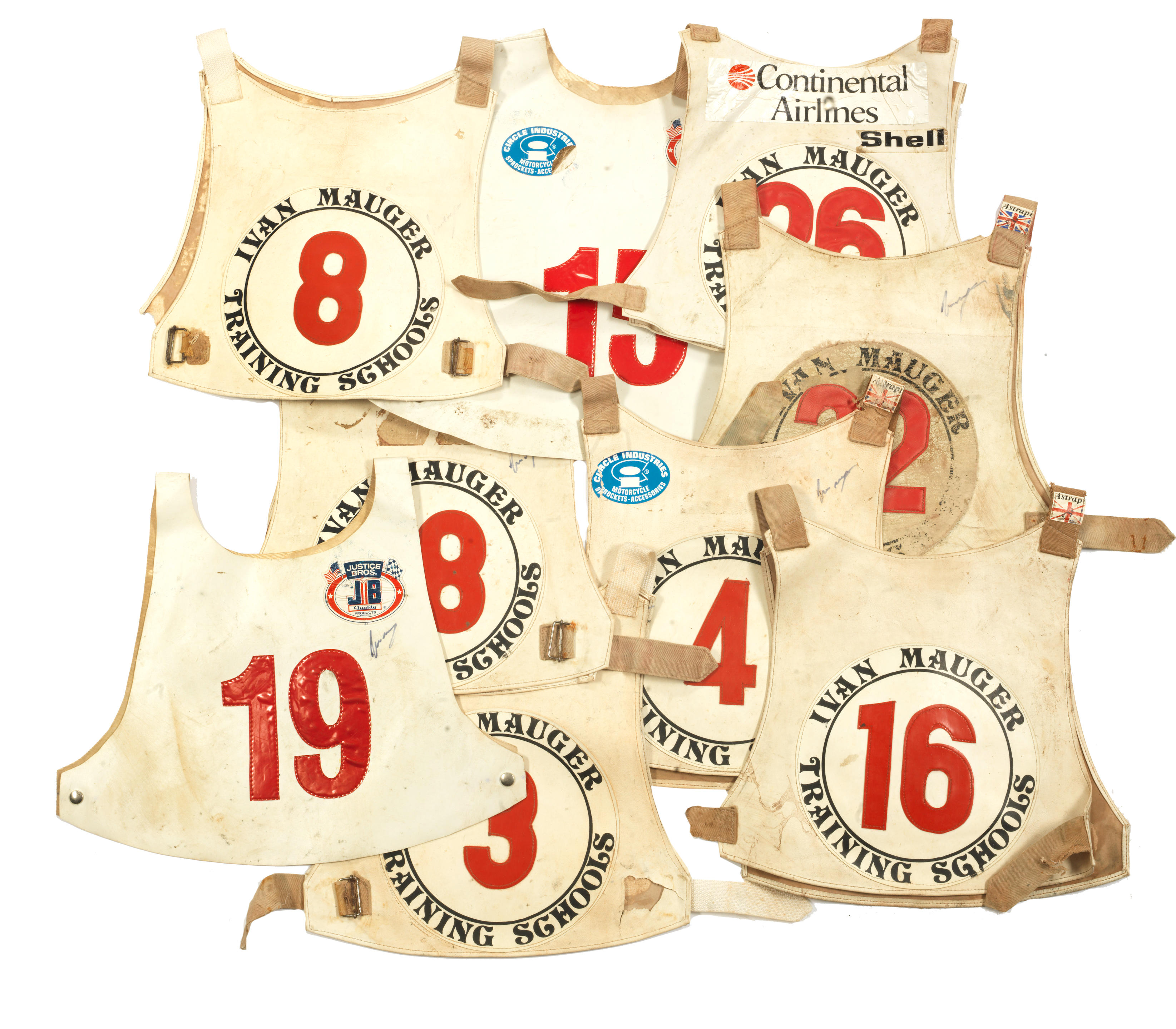
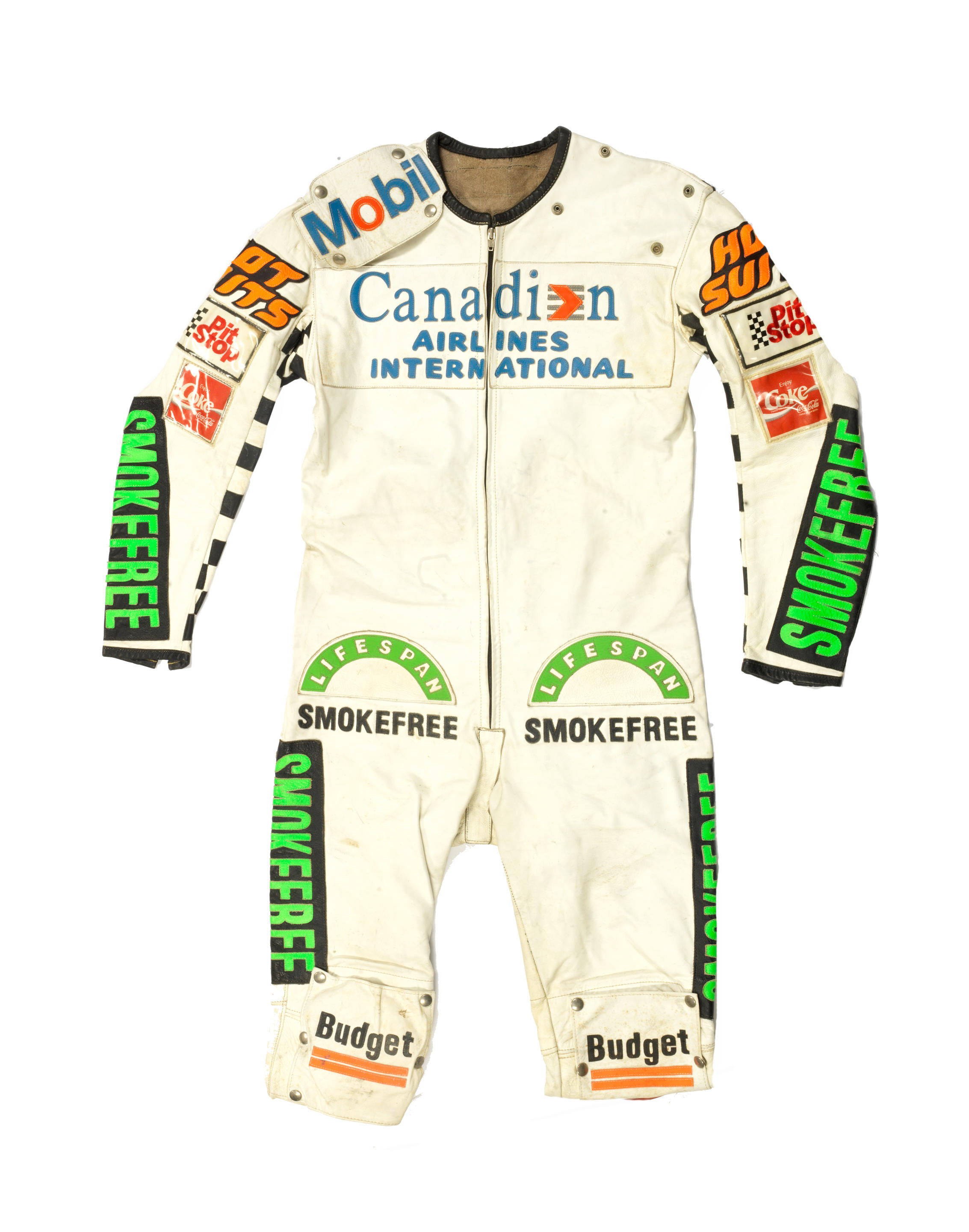

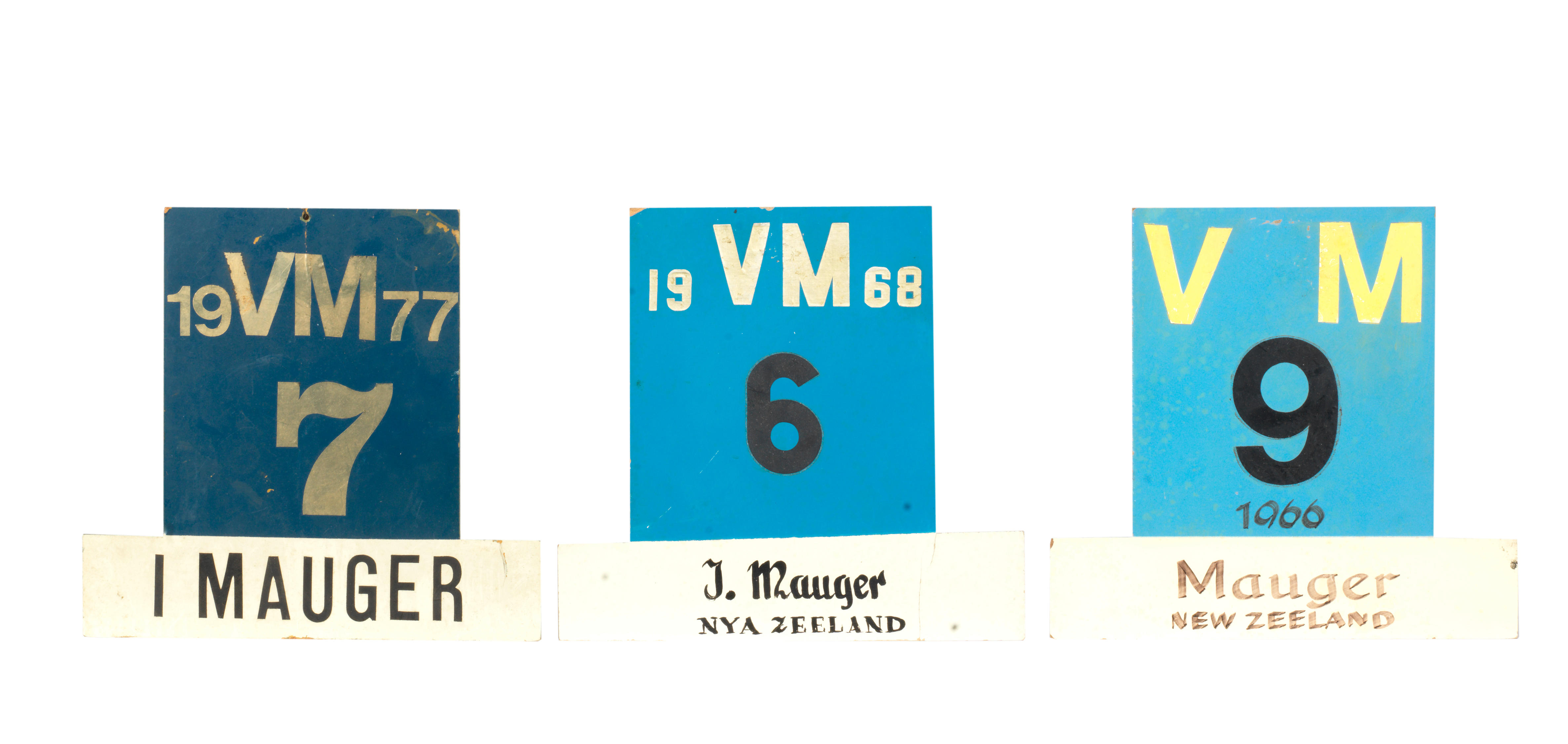
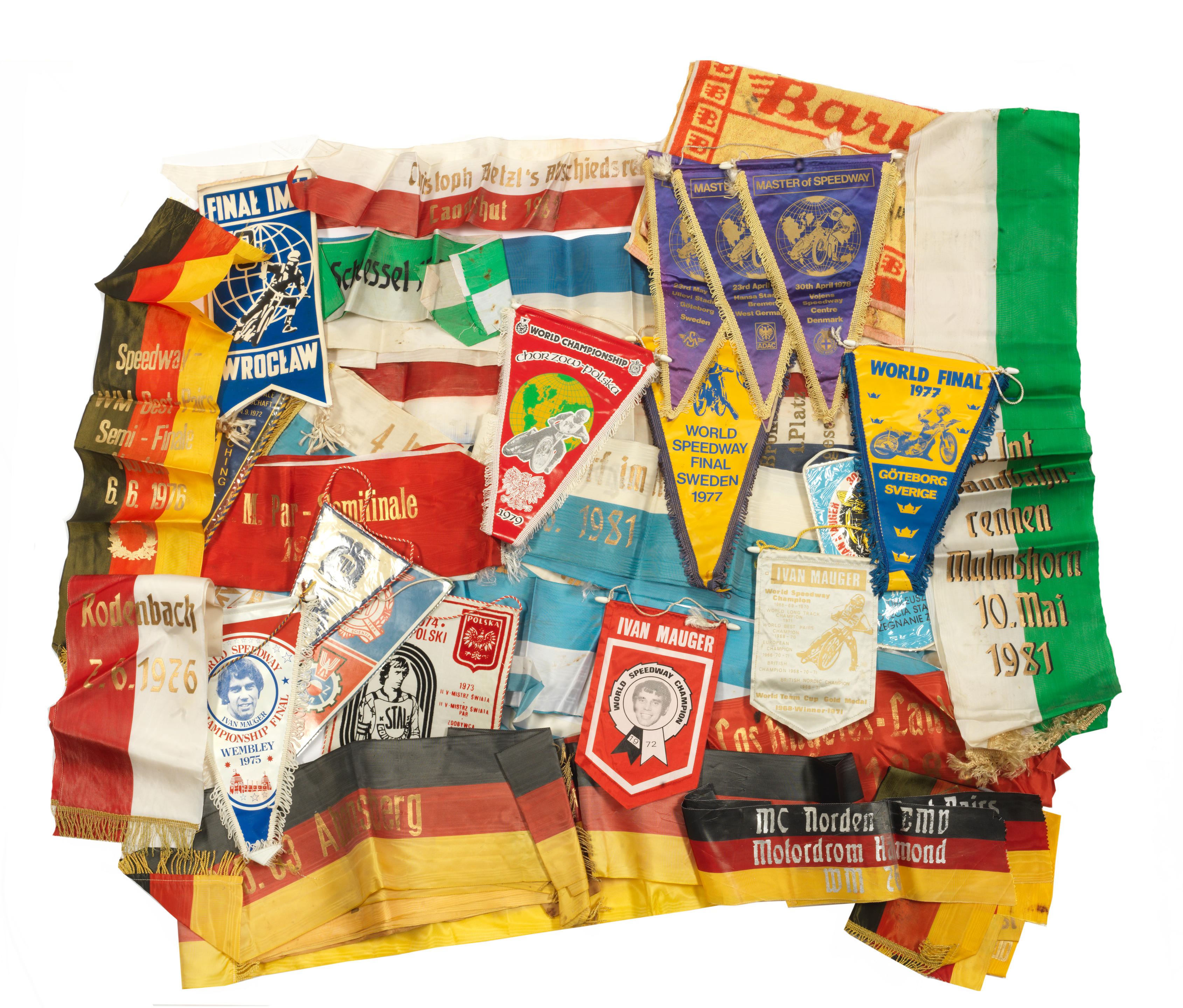

Testen Sie LotSearch und seine Premium-Features 7 Tage - ohne Kosten!
Lassen Sie sich automatisch über neue Objekte in kommenden Auktionen benachrichtigen.
Suchauftrag anlegen